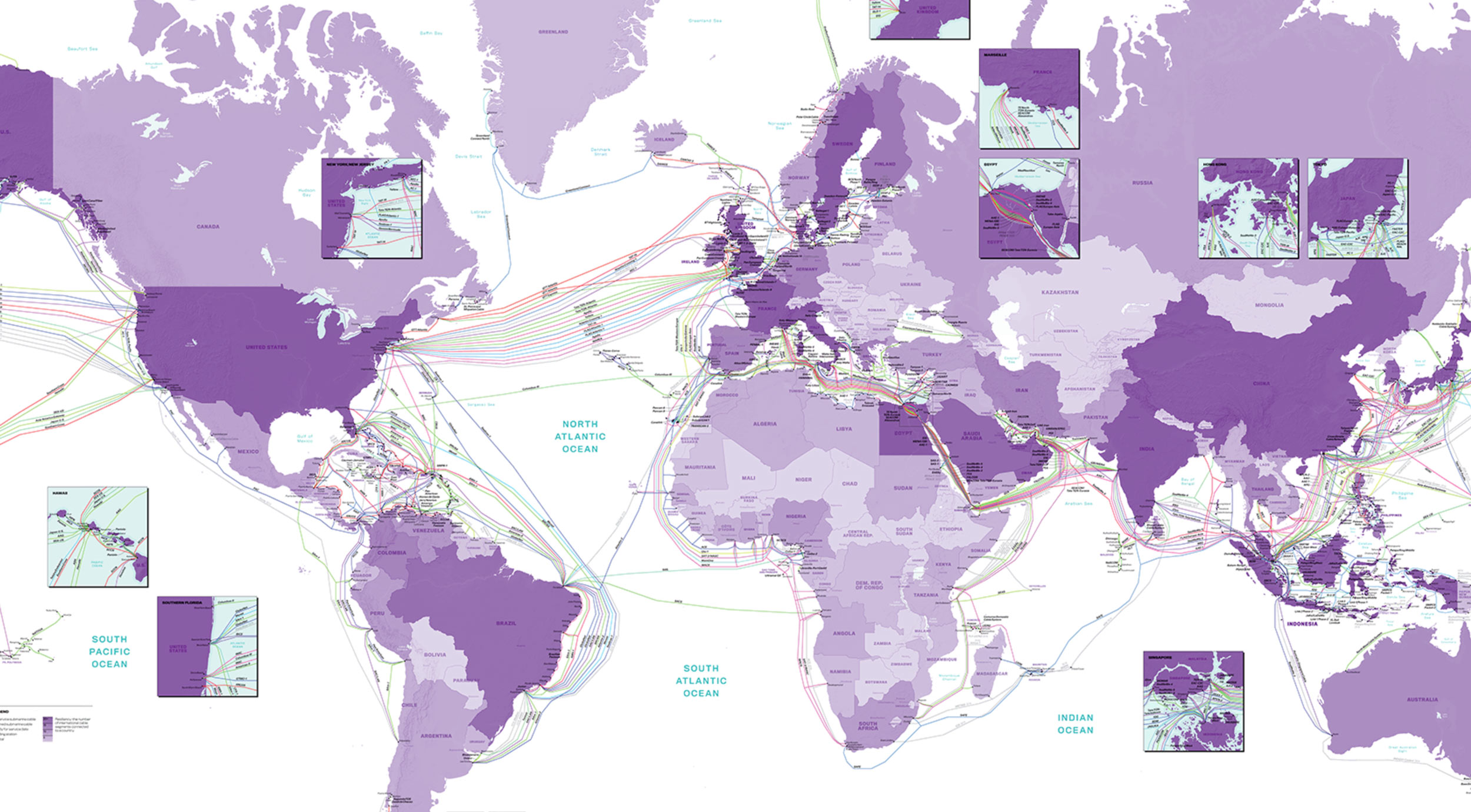


NATO’s post-Crimea defence and deterrence agenda has brought renewed focus to the maritime domain and a recognition of the need to refresh partly forgotten naval skills and concepts. In the period following the Cold War, as NATO and its partners engaged in crisis response operations, the focus on land and air forces led to the side-lining of maritime roles and a tendency to neglect the maritime domain-a situation that has come to be known as ‘sea blindness’. The states that surround the Baltic Sea have also begun to respond to new and rediscovered challenges to their maritime security, but more could be done individually and collectively. We aim to analyze here China’s position in the international political economy of ICT relative to the US.Īuthors: Lange, Heinrich Combes, Bill Jermalavičius, Tomas Lawrence, Tony As part of its renewed focus on collective defence and deterrence, NATO is re-engaging with the maritime domain and navies are seeing greater levels of interest and investment. A new round of renovation in telecommunication infrastructure approaches with 5G, putting at stake: the deepening and spreading of great powers’ international surveillance systems, redefining their boundaries the affirmation of critical civilian infrastructure as a central target in military calculations the repositioning of tech firms in close alliance to their states in the different segments of the modern industrial system and the repositioning of national economies in the overall industrial system. This retreat responds for cutthroat competition for the highest value-added stages of industrial production and technological rents, but foremost for the pursuit of dominance in the new warfare battlegrounds and international surveillance systems. Chinese industrial policies to develop integratedly the modern industrial system have unleashed a retraction of globalization by those economies previously heading it. The globalization of ICT production preserved the control over technological progress and the most sophisticated productive segments between the US and military allies. Largely an unfolding of military demands, ICT development provoked a revolution in military affairs, subsequently spreading to civilian production. ICT and its production are at the epicenter of contemporary trade wars and FDI screening mechanisms. If proposed model is been considered, broadband penetration in Nigeria will be maximized. Analytical presentation of a proposed model for an interconnected long haul national backbone was also presented with the immerse benefits listed out. The economic implication of bandwidth and its relationship with national development, was well introduced using the 2016 human development report by UnitedNations Development Program.
Submarine cable map 2017 pdf how to#
Other sources of broadband were also highlighted, with strategies on how to increase broadband penetration in Nigeria. The various sources of undersea cables and there various capacities were well evaluated as well as the socio economic importance of broadband and its numerous applications. The study tried to pinpoint some underlying fundamental issues limiting the development of Fibre Broadband in Nigeria.

The bottom up approach adopted in this research was focused on the Bandwidth Implications of Submarine Cable to Broadband Development in Nigeria. The paper aims at maximizing Broadband Penetration in Nigeria. Conclusions suggest that South Korea’s undersea cables are at risk from numerous geopolitical threats and the state should participate more actively in protecting these vital lines of communication. In order to achieve these two goals, this analysis provides a threat assessment based upon South Korea’s traditional geopolitical conditions and the submarine and cyber capabilities of regional state actors-North Korea, China, Russia, and Japan. Using a design basis threat (DBT) framework, this paper assesses the threat environment of Northeast Asia for South Korea’s undersea communications cable infrastructure, and clarifies the role of the South Korean state in protecting this infrastructure. Nonetheless, compared to its alliance partner the United States, South Korea designates fewer of its own cable systems as critical and has no uniform approach for assessing threats and protecting this indispensable infrastructure.

As an isolated, peninsular state, South Korea depends on these cables as its lifeline to the international community. Undersea communications cables are critical infrastructure for the national security of South Korea.


 0 kommentar(er)
0 kommentar(er)
